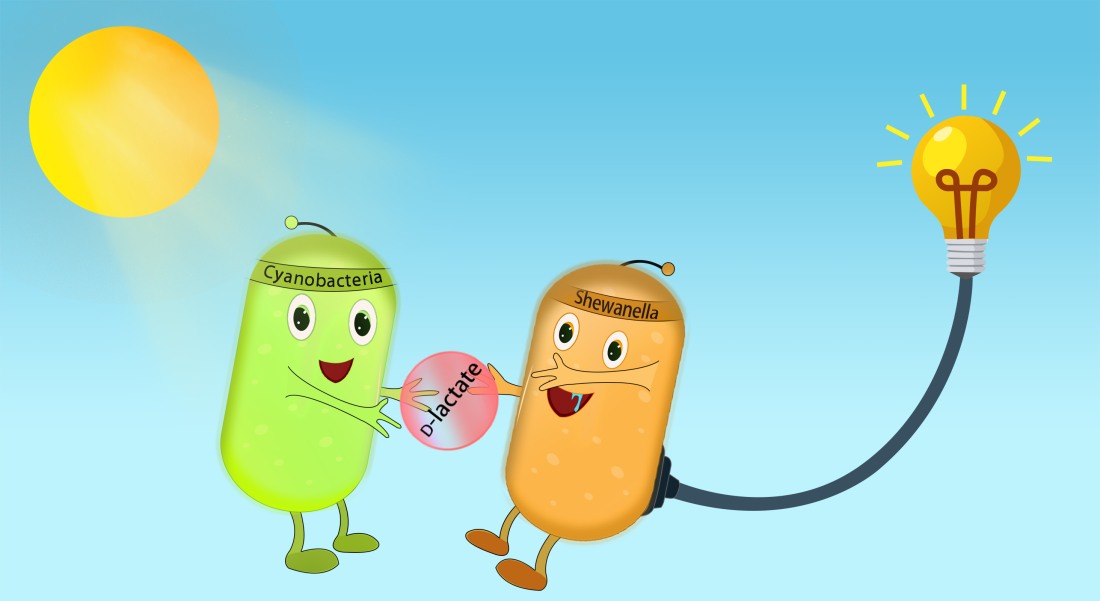Researchers from Institute of Microbiology of the Chinese Academy of Sciences report a novel biophotovoltaics (BPV) system developed based on a synthetic microbial consortium with constrained electron flow. This BPV system can stably operate for more than 40 days, setting up a new milestone in terms of the longevity of BPV, according to a recent publication in Nature Communications.
BPV is an emerging technology that employs biological photosynthetic materials (mainly living photosynthetic microorganisms) to convert solar energy into electricity. BPV is more environmentally compatible and potentially more cost-effective compared with semiconductor-based photovoltaics (PV), considering the toxicity and hard-to-recycle characteristic of PV materials.
Nevertheless, the power densities of the BPV systems reported to date are low, due to the weak activity of the photosynthetic microorganisms of transferring electrons outside the cells. To circumvent this problem, researchers design and create a two-species microbial consortium.
This microbial consortium is composed of a photosynthetic cyanobacteria and an exoelectrogenic bacteria Shewanella, the latter inherently possess strong exoelectrogenic activity. d-lactate was selected as the energy carrier responsible for directed energy transfer between cyanobacteria and Shewanella (Figure).
In this microbial consortium, the cyanobacteria capture solar energy and fix CO2 to synthesize d-lactate, while Shewanellaproduces electricity by oxidizing d-lactate, which forms a constrained electron flow from photons to d-lactate, then to electricity.
Through manipulating at the genetic level, the growth medium level and the device level, the two very different microorganisms are able to work together happily. The constructed BPV system generate a power density of 150 mW·m-2 in a temporal separation setup, which is approximately one order of magnitude higher than mediator-less BPV devices with conventional configurations.
The researchers further demonstrated that this BPV system can stably operate for over 40 days at an average power density of 135 mW·m-2 in a spatial-temporal separation setup with medium replenishment. This is the highest level of BPV in terms of longevity and power output per device reported to date.
This study, entitled "Development of a longevous two-species biophotovoltaics with constrained electron flow" and supported by the Key Research Program of the Chinese Academy of Sciences, is the first report of developing a BPV system using synthetic microbial consortium.
This progress demonstrates that a microbial consortium with constrained electron flow can facilitate electron export from photosynthetic cells and achieve an efficient and durable power output, thus providing a new scientific solution to further enhancing the performance of BPV.

Figure: Cartoon diagram of BPV system developed based on a two-species microbial consortium (Image by YIN Li's group from Institute of Microbiology)
Contact:
Prof. LI Yin
CAS Key Laboratory of Microbial Physiological and Metabolic Engineering,Institute Of Microbiology,Chinese Academy of Sciences,100101,Beijing, China
E-mail: yli@im.ac.cn
